Hirtz's Dracula (Dracula hirtzii)
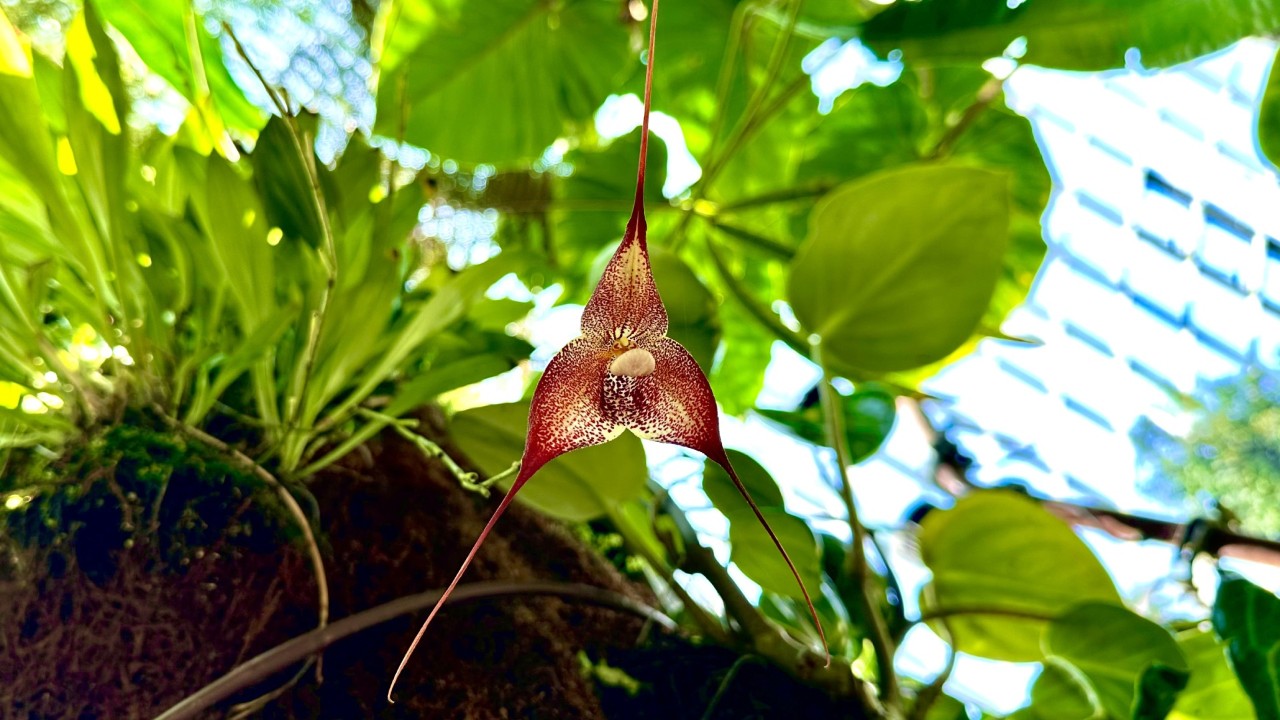
Dracula hirtzii, or Hirtz's Dracula, is a stunning plant! Often nicknamed the 'Little Dragon' orchid, offers a blend of botanical curiosity and visual drama. This epiphytic orchid inhabits the branches and trunks of trees high in the cool, moist, and misty cloud forests of the Andes Mountains in Ecuador and Colombia.
Botanically, this orchid belongs to the genus Dracula. This genus name is quite telling: it comes from the Latin word for ‘little dragon’ due to the flowers' unique appearance, which often features long, trailing tails and a somewhat menacing or mythical look, though it actually has nothing to do with the infamous vampire – Count Dracula! It is part of the vast orchid (Orchidaceae) family, comprised of approximately 28,000 species, and is closely related to the orchids of another genus - Masdevallia. Both Dracula and Masdevallia orchids have showy sepals with long and slender tails. Neither genus forms the large, water-storing pseudobulbs as Dendrobium and Cattleya do, hence they prefer to grow in cloud forests with constant high humidity and cool temperatures.
D. hirtzii is a tufted plant, with leaves that sprout directly from the base of the plant. The leaves are long and thin, typically an attractive dark green. The plant's overall size is modest, usually 20 to 40 cm in height, but its drama lies entirely in its incredible flowers.
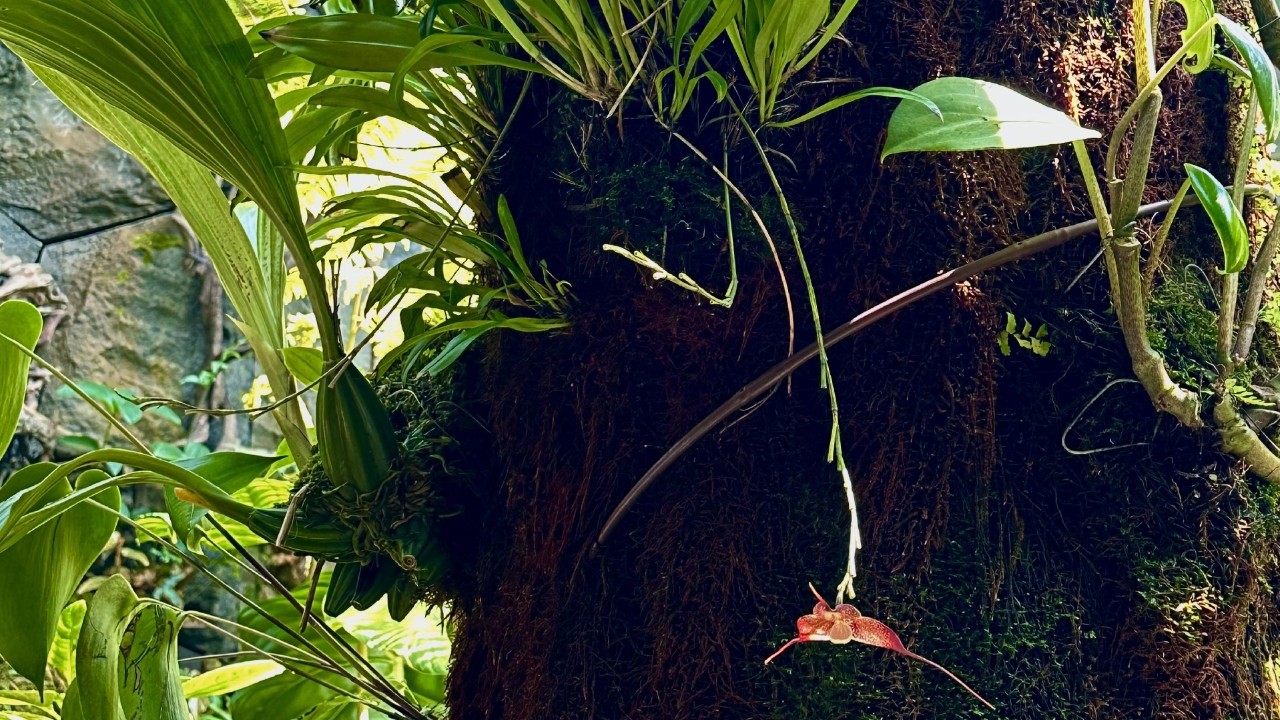 A flower of Dracula hirtzii hanging down from the tufted plant and facing downward, thus one must look up to admire the flower.
A flower of Dracula hirtzii hanging down from the tufted plant and facing downward, thus one must look up to admire the flower.
The structure of the D. hirtzii flower is what truly sets it apart. It produces a single flower on a long, downward-arching stem (peduncle) at one time, but the new flower buds will keep emerging from the tip of the inflorescence, so don’t cut the peduncle off while it is still green! The most striking features are the three greatly elongated sepals (often mistaken as the petals!), which are the outermost parts of the flower, often fused at the base and tapering into long, thin tails. These tails can be 10-20 cm long, which is 1-2 times the length of the flower body itself!
 Note the two petals are dramatically reduced to only tiny flaps, the inner surface of the labellum resembles the gilled mushroom, and the three big, red-speckled sepals are fused at the base. Can you see the monkey face? Hint: the petals are the eyes!
Note the two petals are dramatically reduced to only tiny flaps, the inner surface of the labellum resembles the gilled mushroom, and the three big, red-speckled sepals are fused at the base. Can you see the monkey face? Hint: the petals are the eyes!
The flowers are typically a mesmerising blend of creamy yellow to white, densely covered with fine, reddish-purple dots that give the flower a velvety texture. The lip is cup-shaped and often features ridges and a speckled pattern, visually resembling a gilled mushroom. Crucially, in addition to the visual resemblance to a mushroom, the flower also releases volatile chemicals to attract its pollinators, complementing its visual imitation with olfactory deception, a mechanism known as “mushroom mimicry”. The primary pollinators are specific types of small, mushroom-associated flies, typically in the genus Zygothrica (a type of "fruit" fly).
Attracted by the mushroom-like form and scents, these flies visit the flower for activities like feeding, seeking shelter, or courtship, and in the process, they can be trapped by a specialised, claw-like structure in the column (the central, fused reproductive structure in an orchid flower, which uniquely combines the male part – the stamens, and female part - the pistil, into a single organ). The fly's attempts to escape create the perfect angle between the orchid column and the fly, causing the sticky pollinia (pollen packets) to get stuck on the fly’s back as it wiggles out of the flower. The loaded fly escapes and flies to another Dracula flower, where the process is repeated, and the pollinia from the first flower is deposited onto the female part of the column of the next flower the fly visits, completing the pollination process. This unique, deceptive relationship ensures the orchid's reproduction in the cool, moist cloud forests of its native habitat.
While the entire genus is called the "Little Dragon" orchid, several Dracula species, including D. hirtzii, are often mistakenly or casually referred to as "monkey orchids". The famous "true" monkey orchid is actually Dracula simia (simia means 'ape' or 'monkey' in Latin). However, the monkey face-like appearance of the centrally fused sepals, with the prominent lip, which looks like a snout, has led to many Dracula species, including D. hirtzii, being grouped under this catchy, albeit technically incorrect, nickname.
Come check out this fascinating and rarely seen orchid mounted on a tree fern in the Secret Garden, at the lowest level of Cloud Forest. When searching for the flower, remember to look up!
Zeke Chen, Manager (Conservatory Operations)
Ever since his tiny hands could hold on to a small toy shovel and sowed the first apricot seed in the garden, the passion for plants has started to grow in Zeke’s heart.
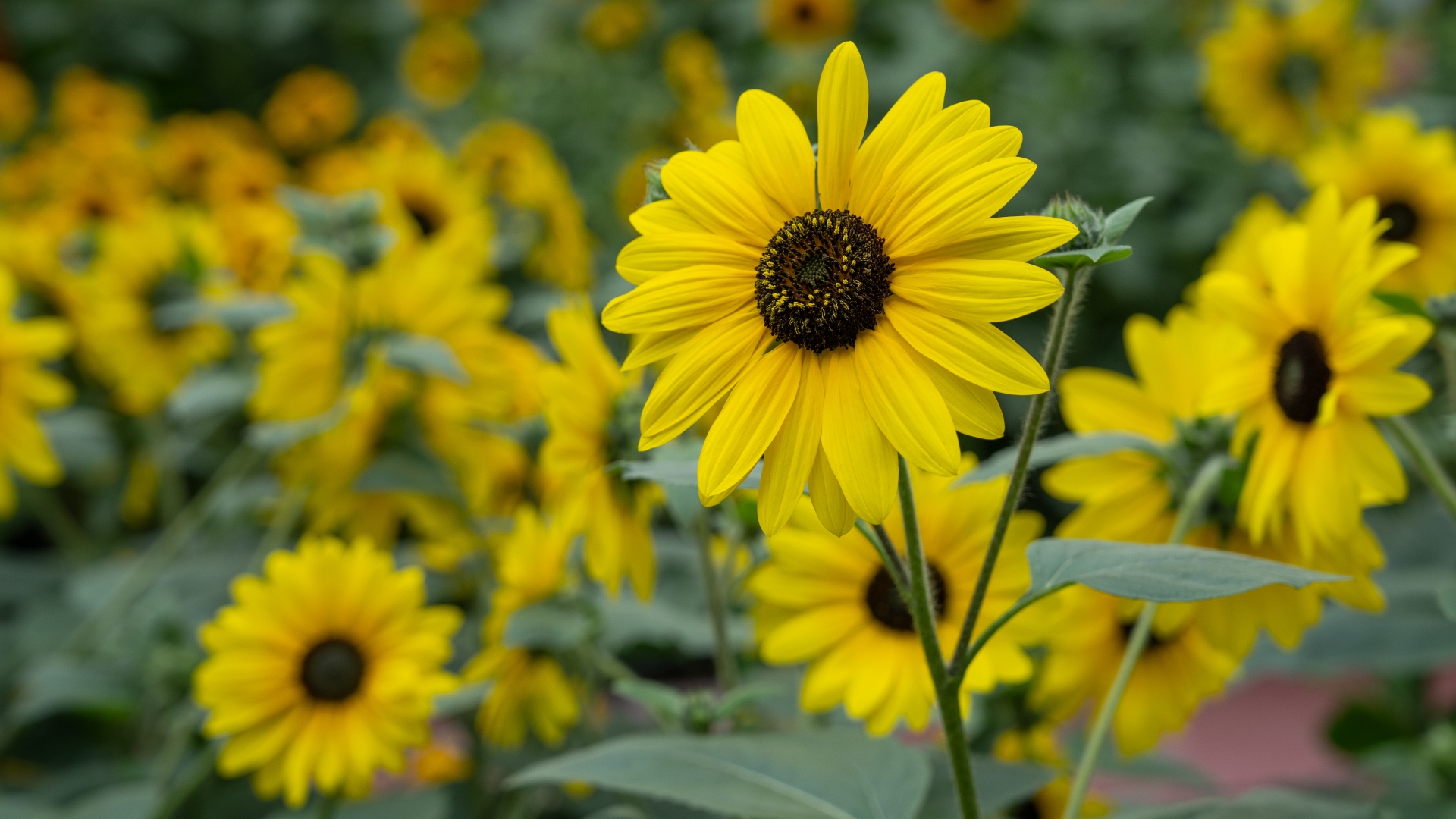
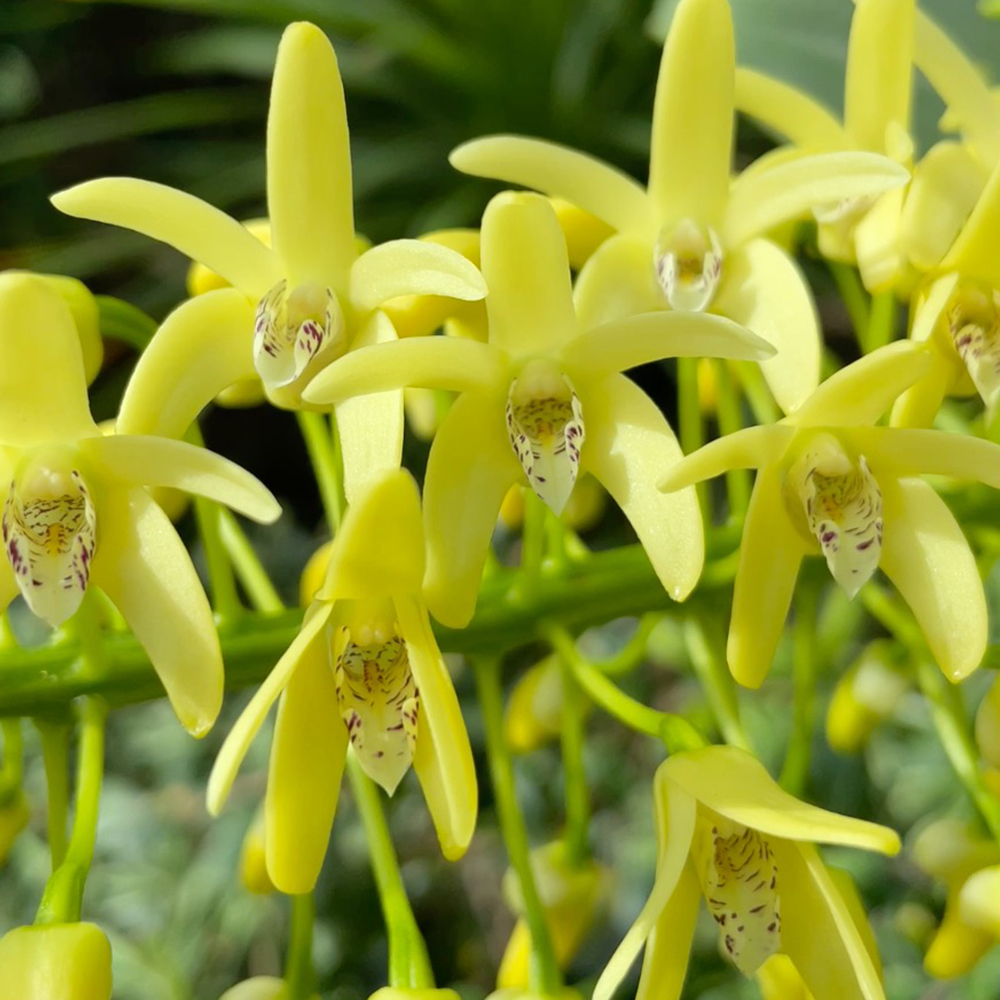
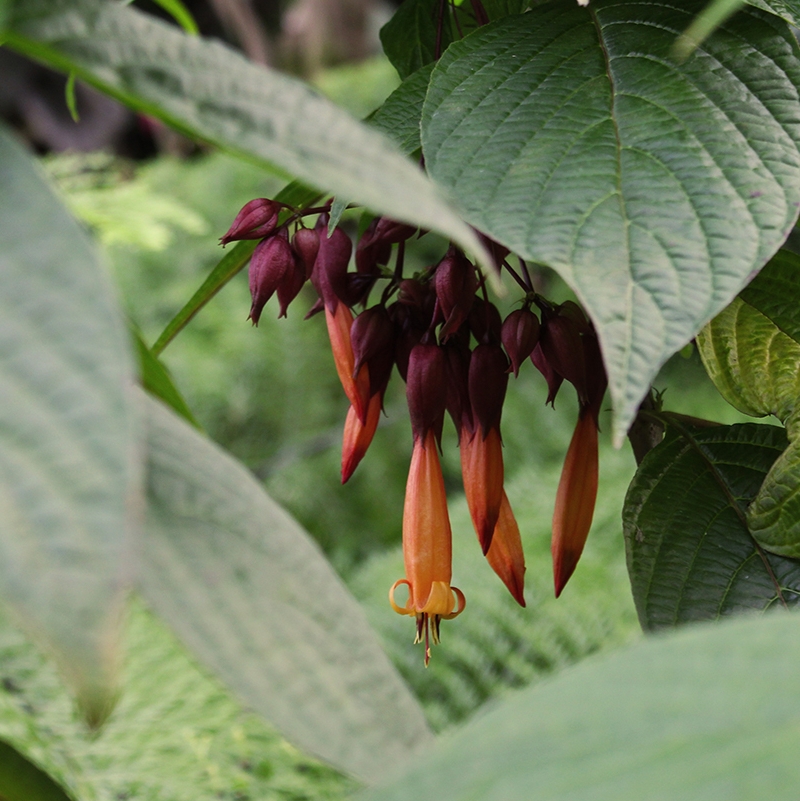
-/1000x1000-thumb-horned-tulip-01.jpg)